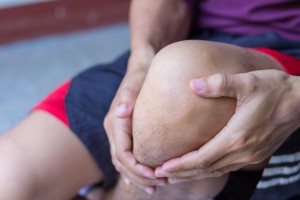Back pain can wreak all kinds of havoc in your personal life. It can stop you from being active and enjoying your free time, it can be one of the biggest distractions when you’re trying to get work done, and the discomfort it causes will generally ruin your mood.
With so much at stake, you may be wondering what you can do to stop back pain. Regular visits to the chiropractor are a great way to get some instant relief as well as put you on the road to recovery. Our clinics in Falmouth and Bridgton, Maine offer the best treatment for back pain around. It is also important, however, to attack the problem at its source.
Your Way of Sleeping Is Unique
You will spend almost a third of your life asleep, so it makes sense that you should spend that time wisely. This means finding the best possible mattress to fit your sleeping style.
As a general rule of thumb, you should base the firmness of your mattress on your preferred sleeping position. If you tend to sleep on your side you should try to get a softer mattress that will support your shoulder and hips without hurting them. Firmer mattresses are for stomach sleepers, as they give plenty of support. However, if you like to sleep on your back, you need to find something in between. A soft mattress will not give you enough support with your spine directly on it, while a firm mattress won’t offer enough leeway to fit the curvature of your spine.
About Memory Foam
While it’s good to know about mattress density and how it relates to your preferred sleeping position, the truth is that most of us don’t know how we end up sleeping during the night. Many of us are very mobile while we sleep, meaning our sleeping positions are hardly ever the same night-to-night.
Memory foam is perhaps the best solution for this, as long as it is good quality. The foam provides mattress flexibility that metal springs just can’t compete with. It supports the natural curves in your spine, without putting too much pressure on it. Memory foam mattresses come in a wide variety of densities, so if you do sleep on your side or stomach, you can still find one that suits your needs and provides the benefits of the foam.
Good Spinal Health Starts at Home
You can also relieve chronic back pain by practicing good posture or being more physically active. To find out exactly what your spinal needs are, set up an appointment with Heritage Health and get your back looked at by a chiropractic professional!









